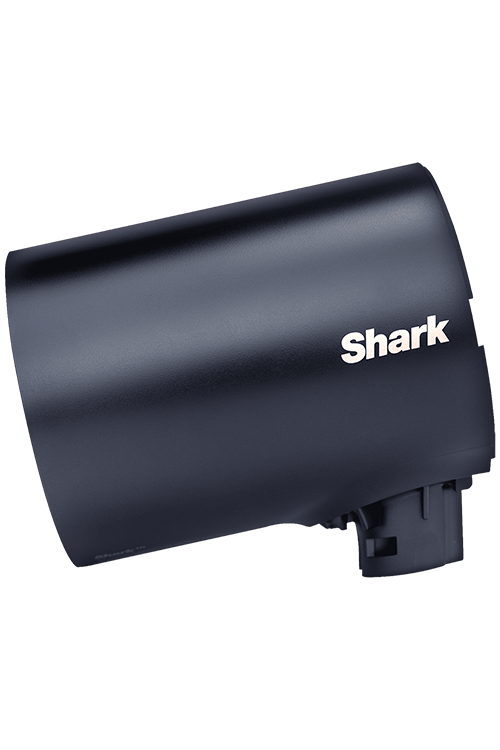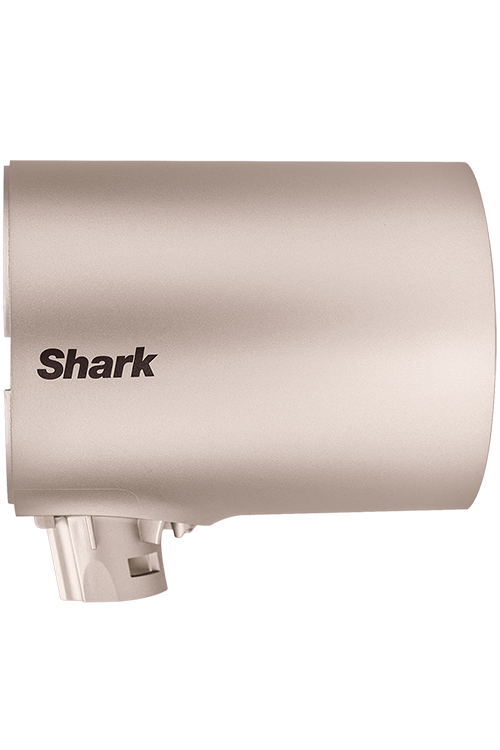Understanding Pad Printing – A Comprehensive Guide
What is Pad Printing?
Pad printing is a printing technique that involves transferring ink from a printing plate onto a silicone pad, which is then pressed onto the surface to be printed. The silicone pad is flexible and can conform to the shape of the surface, which makes it ideal for printing on curved or irregularly shaped objects. The pad printing process is also known as tampography or tampo printing.
Benefits of Pad Printing:
Pad printing offers several advantages over other printing methods, including:
Versatility: Pad printing can be used on a wide range of materials, including plastics, metals, ceramics, and glass.
- Precision: Pad printing allows for fine details and small text to be printed accurately.
- Flexibility: The silicone pad can conform to the shape of the surface, making it suitable for printing on irregularly shaped objects.
- Durability: The ink used in pad printing is highly resistant to fading, chipping, and peeling, making it ideal for long-lasting prints.
Applications of Pad Printing:
Pad printing has a wide range of applications in various industries, including:
- Promotional Products: Pad printing is commonly used to print logos and designs on promotional items such as pens, keychains, and mugs.
- Medical Devices: Pad printing is ideal for printing on medical devices such as syringes, catheters, and implants.
- Electronics: Pad printing is used to print labels, logos, and designs on electronic devices such as mobile phones, laptops, and remote controls.
- Automotive: Pad printing is used to print logos, labels, and designs on automotive parts such as dashboards, steering wheels, and door handles.
FAQs:
Is pad printing eco-friendly?
Pad printing is considered to be an eco-friendly printing method, as it uses minimal ink and generates little waste.
Can pad printing be done on uneven surfaces?
Yes, pad printing can be done on uneven surfaces as the silicone pad can conform to the shape of the surface.
Is pad printing expensive?
The cost of pad printing varies depending on factors such as the type of material, the complexity of the design, and the number of colors used.
How long does a pad-printed image last?
A pad-printed image can last for several years without fading, chipping, or peeling.
Conclusion:
Pad printing is a versatile and reliable printing method used in various industries for its precision, flexibility, and durability. It offers several benefits over other printing methods and can be used on a wide range of surfaces. Whether you’re a business owner looking to print custom promotional products or a manufacturer looking to print on medical devices, pad printing is a great choice. We hope this comprehensive guide has helped you understand the basics of pad printing and its applications.

